Archives
- 2025-12
- 2025-11
- 2025-10
- 2025-09
- 2025-04
- 2025-03
- 2025-02
- 2025-01
- 2024-12
- 2024-11
- 2024-10
- 2024-09
- 2024-08
- 2024-07
- 2024-06
- 2024-05
- 2024-04
- 2024-03
- 2024-02
- 2024-01
- 2023-12
- 2023-11
- 2023-10
- 2023-09
- 2023-08
- 2023-07
- 2023-06
- 2023-05
- 2023-04
- 2023-03
- 2023-02
- 2023-01
- 2022-12
- 2022-11
- 2022-10
- 2022-09
- 2022-08
- 2022-07
- 2022-06
- 2022-05
- 2022-04
- 2022-03
- 2022-02
- 2022-01
- 2021-12
- 2021-11
- 2021-10
- 2021-09
- 2021-08
- 2021-07
- 2021-06
- 2021-05
- 2021-04
- 2021-03
- 2021-02
- 2021-01
- 2020-12
- 2020-11
- 2020-10
- 2020-09
- 2020-08
- 2020-07
- 2020-06
- 2020-05
- 2020-04
- 2020-03
- 2020-02
- 2020-01
- 2019-12
- 2019-11
- 2019-10
- 2019-09
- 2019-08
- 2019-07
- 2019-06
- 2019-05
- 2019-04
- 2018-11
- 2018-10
- 2018-07
-
br COX and LOX in post mortem AD brain
2024-02-23
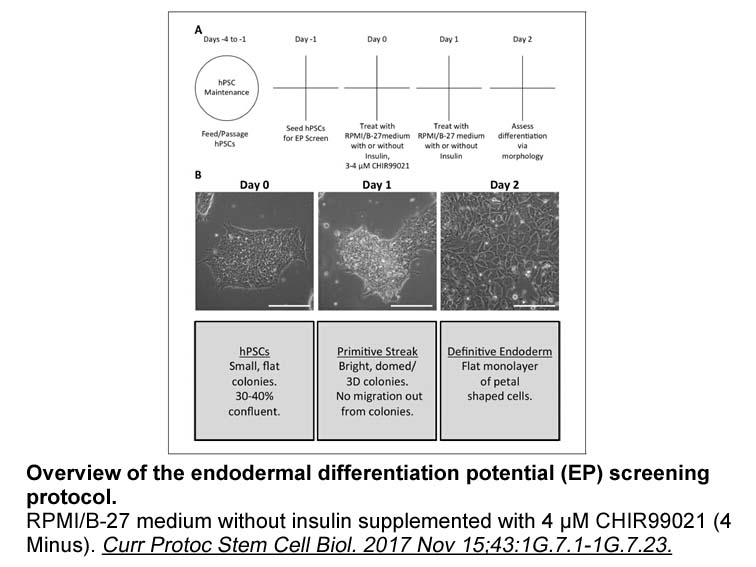
COX and 5-LOX in post-mortem AD brain Minghetti (2004) reviewed the findings on COX-2 mRNA levels in AD brains, pointing out that the available evidence demonstrated either decreased or increased levels, possibly because of the short half-life of COX-2 transcripts or individual variability. Histo
-
CK is considered a central controller of cellular energy
2024-02-23

CK is considered a central controller of cellular energy homeostasis that catalyzes the reversible transfer of a phosphoryl group from ATP to adenosine diphosphate (ADP) and creatine to produce PCr [5]. This enzyme builds up a large pool of rapidly diffusing PCr for temporal and spatial buffering of
-
Starting with commercially available or nitropyrazole carbox
2024-02-23
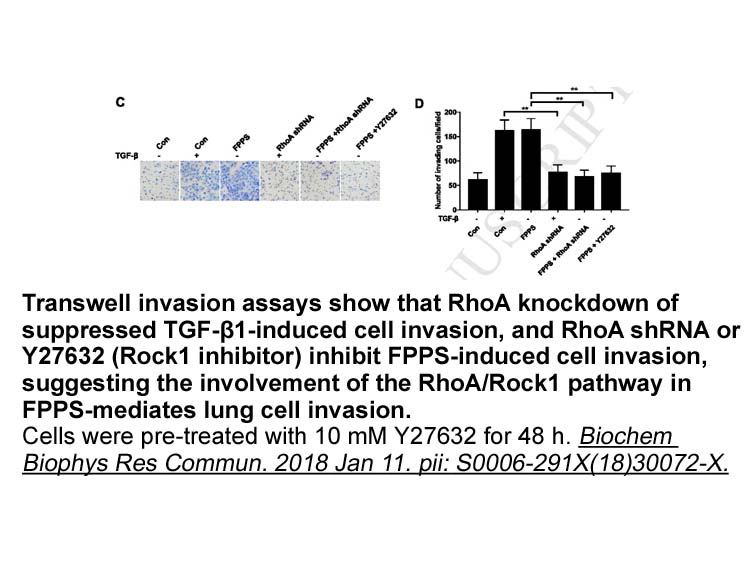
Starting with commercially available 4- or 5-nitropyrazole-3-carboxylic acid, anilides containing nitro, amino or methylsulfonamido were synthesized. Here, manipulation of the substituents on the pyrazole ring was conducted after the anilide formation (). The BIBF1120 of the nitro group was perform
-
br Acknowledgements This work was supported
2024-02-23
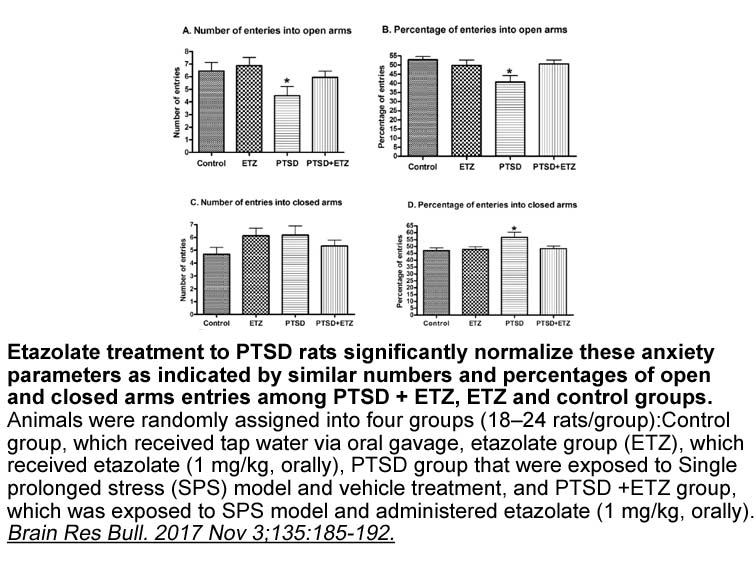
Acknowledgements This work was supported by the Victorian Government Operational Infrastructure Support Program. KAB is supported by the Mavis Robertson Fellowship from the National Breast Cancer Foundation (NBCF; ECF-16-004), by an NBCF Novel Concept Award (NC-14-011), and by NHMRC project grant
-
The transcription factor activator protein AP
2024-02-23
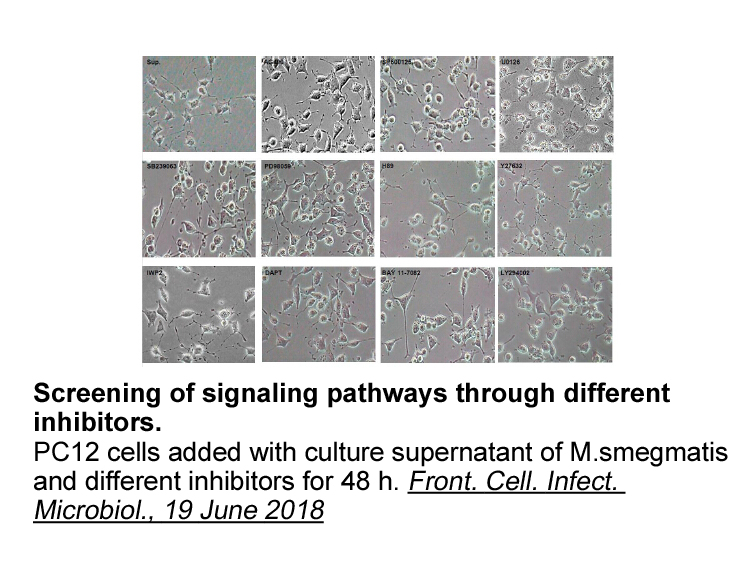
The transcription factor activator protein-1 (AP-1) is a redox-sensitive transcription factor whose activity is controlled by agents that perturb intracellular thiol concentrations [10,11]. AP-1 is mainly composed of Jun, Fos, and ATF protein dimers [12,13]. AP-1 mediates the regulation of numerous
-
br The prevalence of diabetes
2024-02-22
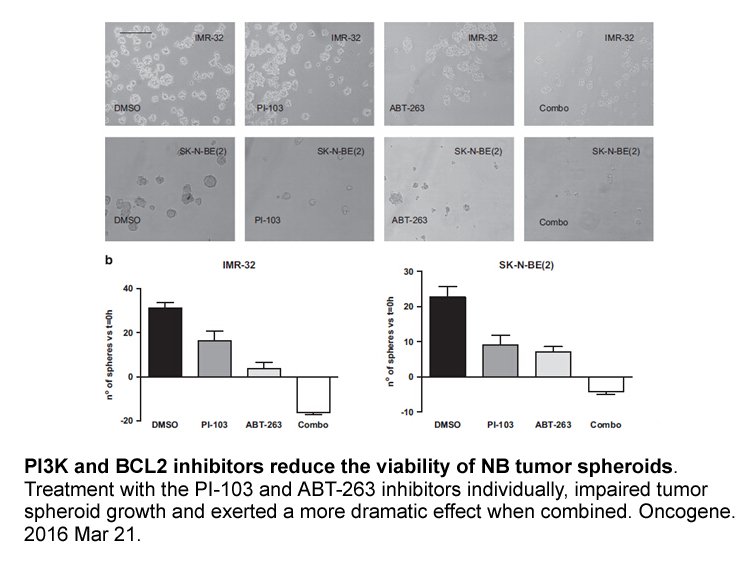
The prevalence of diabetes is increasing globally, and the situation is particularly alarming in Asia. The prevalence of diabetes in China has increased dramatically, from around 1% in 1980 to the most recent estimate of 9.7% according to a nationwide survey . Cumulative evidence shows that type 2
-
NSAIDs induce gastrointestinal toxicity and evoke asthma by
2024-02-22
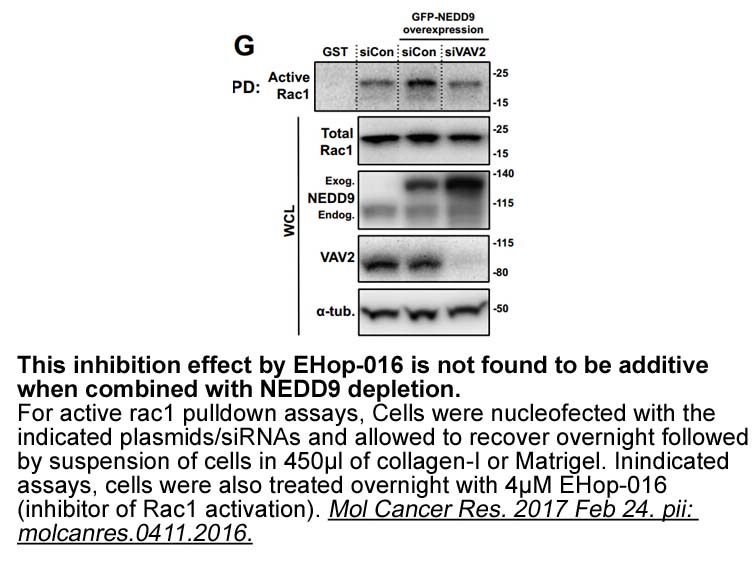
NSAIDs induce gastrointestinal toxicity and evoke AS601245 by decreasing the production of gastroprotective prostanoids and by redirecting the COX substrate AA into LT biosynthesis, thereby causing vasoconstriction in gastric mucosa and airways (Celotti and Laufer, 2001; Koeberle and Werz, 2015; Ra
-
Later the same group designed and prepared several
2024-02-22
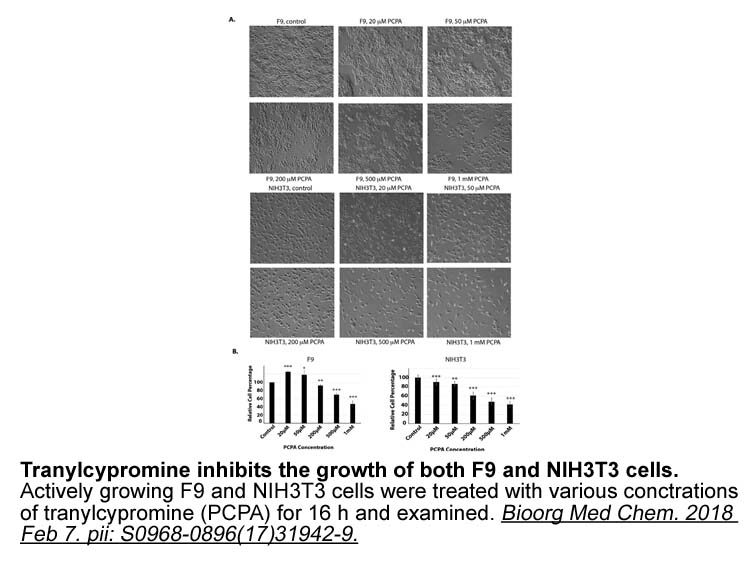
Later, the same group designed and prepared several Δ16-steroidal C17 benzoazoles and pyrazines and evaluated their CYP17 and 5α-reductase inhibitory activities, binding to and transactivation of the AR, as well as their antiproliferative effects against two human PC cell lines (LNCaP and LAPC4) [18
-
Jesus et al discovered a new series
2024-02-22

Jesus et al. discovered a new series of azaindole as Aurora inhibitors through various modification of GSK1070916 (47). They synthesized series from modification of the GSK1070916 and evaluated for in-vitro Aurora-B/INCENP and Aurora-A/TPX2 inhibition assays. Modified Mouse iPSC Chemical Reprogrammi
-
KW 2449 The current results also demonstrated tendencies
2024-02-21
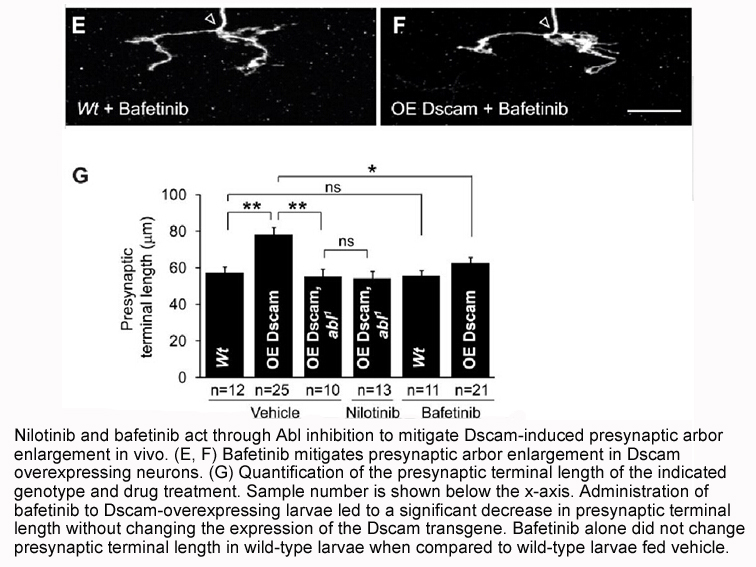
The current results also demonstrated tendencies toward decreased serum Aβ40 levels and increased Aβ42 levels during the 1-year follow-up. These tendencies are consistent with the results of a previous study that evaluated Aβs in the CSF of patients with late-life depression (Pomara et al., 2016). T
-
GSK-3 Inhibitor IX br Conclusion These studies broadly
2024-02-21
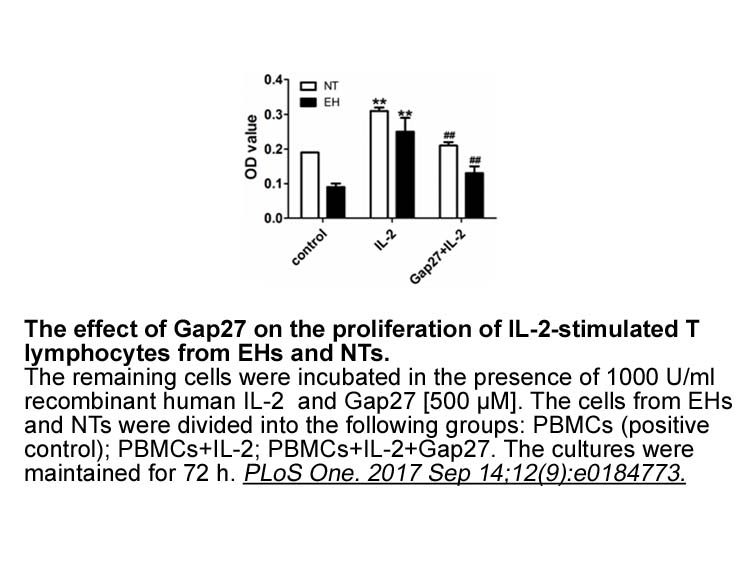
Conclusion These studies broadly demonstrate that dopamine and endocannabinoid signaling in the NAc can have diverse effects on AMPAR-mediated synaptic function depending on previous psychostimulant experience. Here, we examined mechanisms underlying the depotentiation of AMPAR-mediated synaptic
-
leptomycin b Although several studies indicate that ALDH
2024-02-21
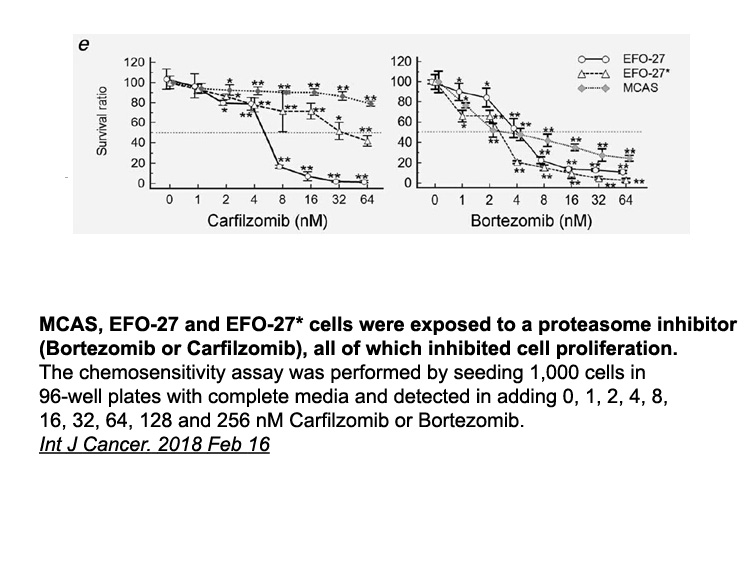
Although several studies indicate that ALDH2 protects the heart from injury and maladaptive remodeling (reviewed in [11], [12], [13]), accumulating evidence indicates that deficiency of the enzyme could be protective as well. For example, mice expressing the defective Aldh2*2 mutation show lower ald
-
With one exception all receptors for dopamine DA serotonin h
2024-02-21
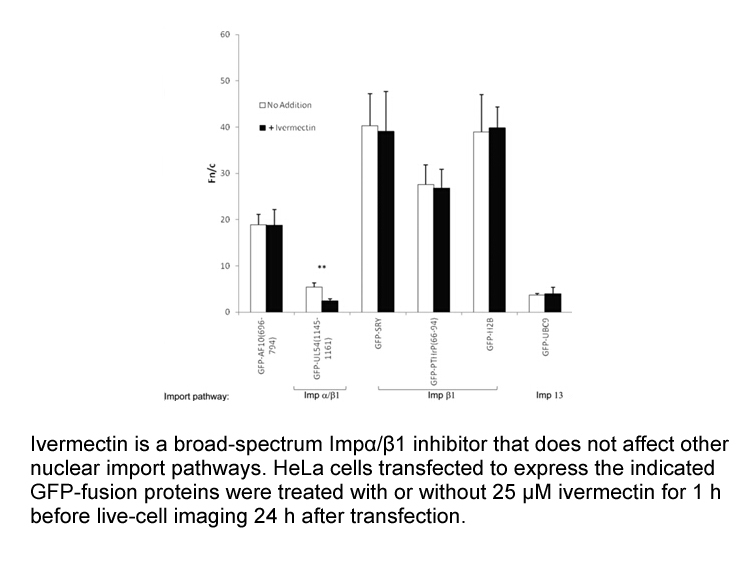
With one exception, all receptors for dopamine (DA), serotonin (5-hydroxytryptamine, 5-HT), and norepinephrine are metabotropic receptors. The five metabotropic DA receptors (D1–D5) in the CNS are involved in motivation, pleasure, cognition, learning, memory, fine motor control, and modulate neuroen
-
We also investigated the transmittance of actin polymerized
2024-02-21
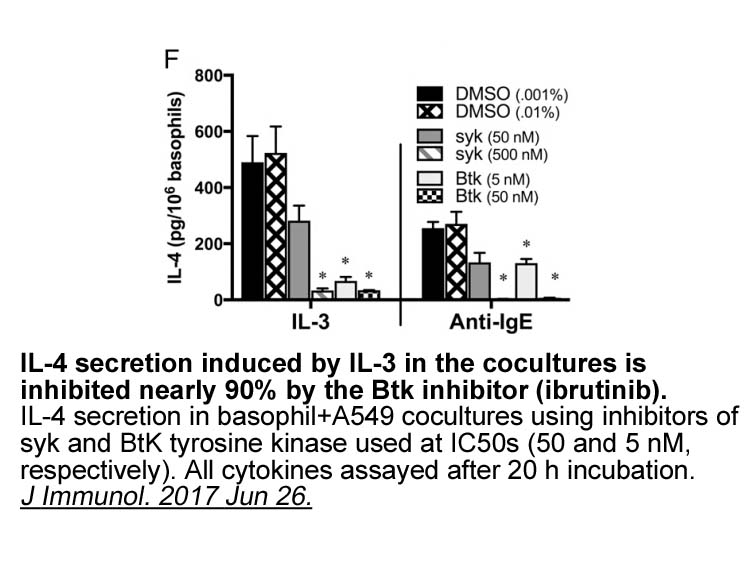
We also investigated the transmittance of actin polymerized with and without ABP. The presence of actin in the solution results in an increment in turbidity as other proteins provided porcn features [21], [32]. While G-actin showed a transmittance peak positioned at 241 nm, F-actin exhibited a smal
-
The gene SRD A encodes the
2024-02-21
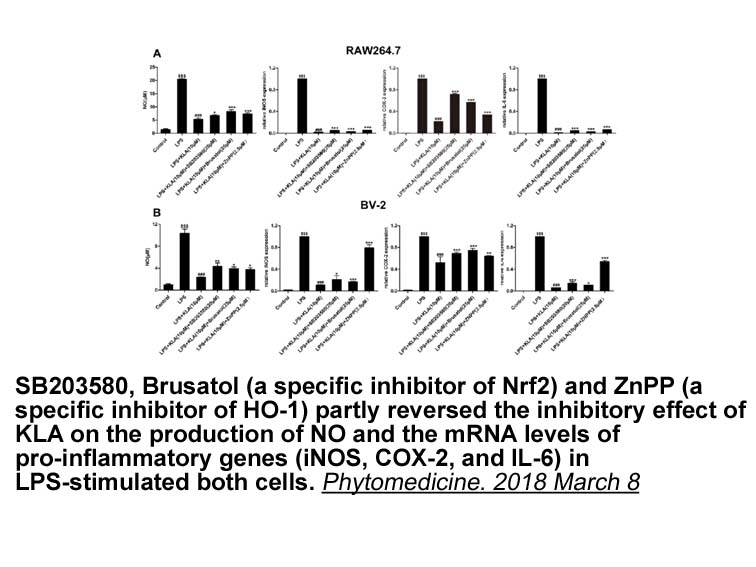
The gene SRD5A2 encodes the 5-α-reductase enzyme, which converts testosterone into dihydrotestosterone. Although dihydrotestosterone levels are considerably lower than testosterone, dihydrotestosterone has a five-fold stronger binding capacity to the androgen receptor and, thereby, a considerably mo
16217 records 191/1082 page Previous Next First page 上5页 191192193194195 下5页 Last page